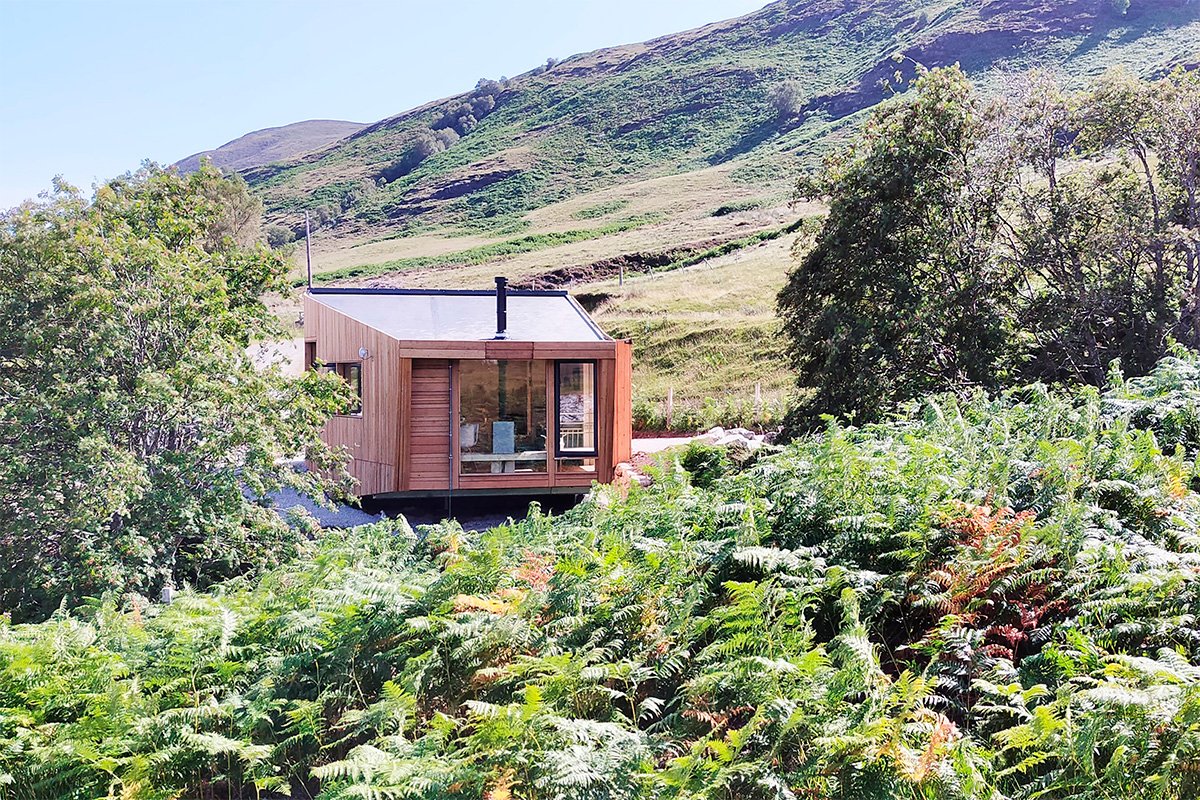Cord Founder Dave Jones is no stranger to the remote regions of Scotland. Fuelled by a love of climbing, exploring and camping, he often makes trips to the northern fringes in search of crags, cabins and the path less travelled. These trips, meticulously planned, often lead Dave and his climbing partner Phil to a string of sheds, shacks and converted agricultural buildings that offer shelter, a place to cook and a roof for the night; Scotland’s Bothies.
In the early years of Scotland’s cabin culture, bothies were mostly farm accommodation for itinerant workers. When they became disused or no longer needed, their function was changed to offer shelter for travellers moving through remote locations. Nearly all bothies are several hours walk from a road and can’t be accessed by car. Whilst most of them don’t have electricity, they occasionally have cooking facilities, dry wood for a fire left by the previous visitor, and a few beds (don’t expect a mattress though). Whilst they are anything but luxurious, bothies offer the dweller an insight into the wilderness, a place to seek shelter, a sanctuary from the pulls of modern life, and a moment to take things back to basics. Being spread all over the lesser populated areas of Scotland, bothies are almost always surrounded by breathtaking scenery and remind the visitor that wants and needs are two very different things.
The romanticism of bothies can be seen through cabin-inspired architecture and modern interior design. Interwoven with the Scandinavian design elements seen throughout Norway and Sweden, cabin culture has become less for hikers and mountaineers and more for the second-home or end-of-the-garden escape. Classic elements such as fireplaces, wooden cladding, small but stylish living areas and mezzanine bedrooms or sleeping platforms have been plucked from the interiors of hidden huts in the mountains or forest and deposited into modern homes in towns and cities, mimicking the simple style of woodland cabins and wild bothies.
Modern lifestyles can leave us craving the wilderness. By bringing cabin-style design elements into a project many people have found a way to bring the woodlands to them, but in a more comfortable way than on the hard wooden bed of a bothy. These days you’ll find lots of amazing projects that feature large windows to enjoy the views, plants to bring the outside in, electricity to power an oven and a fridge, and comfy cushions on the sofa to enjoy a morning coffee. These little luxuries seem to have gone full circle, as you’ll now find many rural boltholes and hideouts built like a cabin in essence, but harbouring hidden comforts to make the whole experience even more pleasurable.
Located in the north west of the Scottish highlands you’ll find Waterfell, near Ullapool. This eco-friendly, contemporary creation was designed to make the most of the breathtaking scenery surrounding it. We supplied a Modsys table made from birch plywood for the cabin. The minimalist design fitted seamlessly with the interior, and, due to it’s flatpack nature, it was easy to deliver and assemble.
Waterfell retains many of the classic features of an original cabin; a woodburner, open plan living, a site surrounded by nature, and wooden clad walls. Basing it’s essence on these qualities, the holiday let has also drawn on many aspects from modern cabin-inspired interiors; large windows, a spacious and comfy bedroom, the fully equipped kitchen and soft and layered lighting.
Born from the need of farm workers and rural communities, cabin culture has transformed into an idealised lifestyle choice, sought after by those craving a connection to the wilderness. The design for these rural hideouts has also been transformed, amalgamating both the wants and needs of the modern person. If you want us, we’ll be in the woods…
Check out our flatpack Modsys table, perfect for your cabin project, here.






